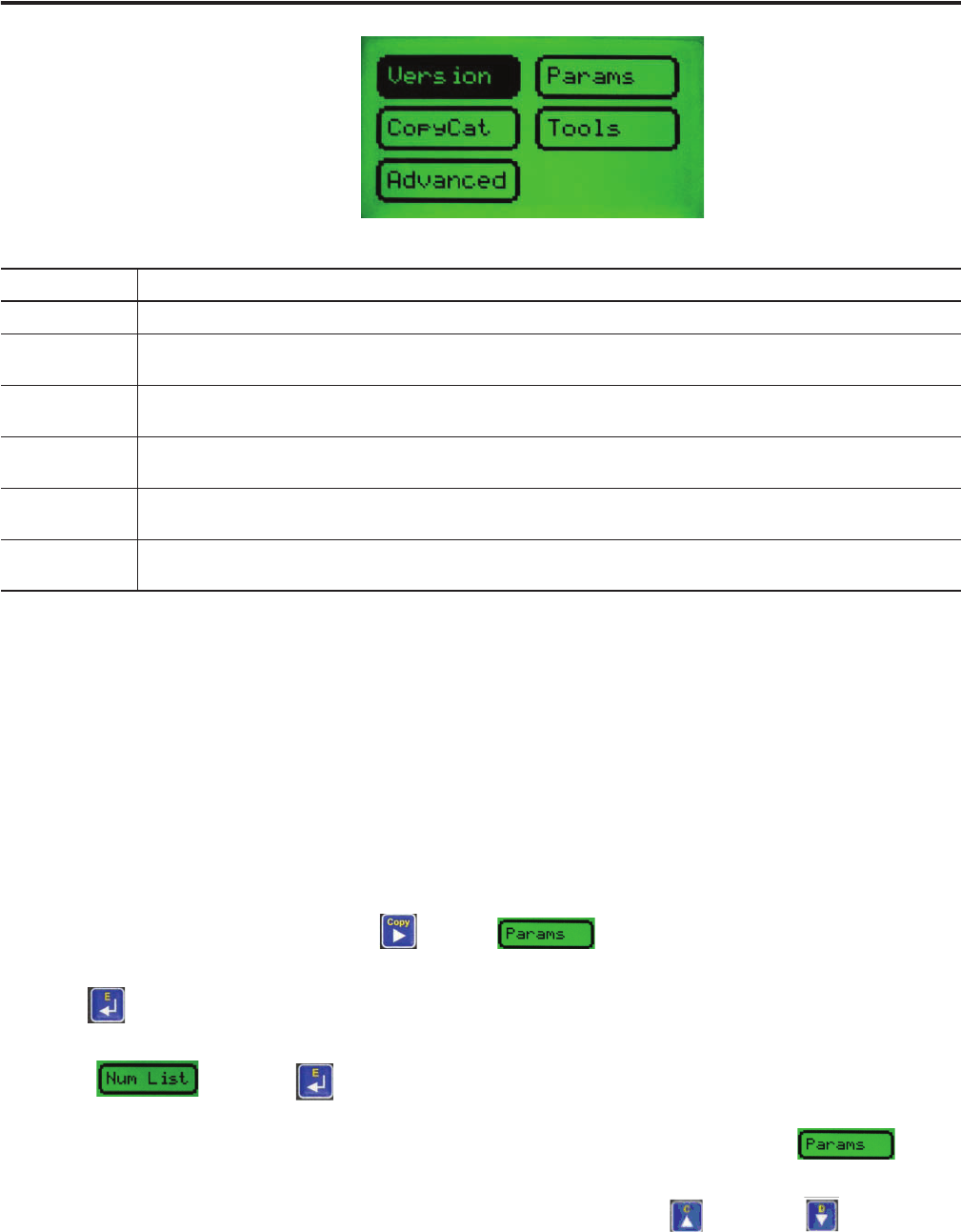Instruction Manual
Table Of Contents
- Front Cover
- Important User Information
- Where to Start
- Table of Contents
- Preface
- Chapter 1
- Chapter 2
- System Layout and Wiring
- Before You Begin
- What You Need
- Follow These Steps
- Planning Your ArmorStart Panel Layout and Wiring
- Wiring Your ArmorStart Controllers
- Connecting the DeviceNet ArmorConnect to Your ArmorStart Device
- AC Supply Considerations for Bulletin 284 Units
- Group Motor Installations For North American and Canadian Markets
- Cabling and Installation Guidelines
- DeviceNet Network Installation
- Electromagnetic Compatibility
- System Layout and Wiring
- Chapter 3
- ArmorStart DeviceNet Configuration
- Before You Begin
- What You Need
- Follow These Steps
- Open an Existing Project in RSLogix 5000 Software
- Configure the DeviceNet Network by Using RSNetWorx Software
- Add a Scanner Module to Your ControlLogix Project
- Generate ArmorStart Tags by Using the Tag Generator Tool
- Download Controller File and Test ArmorStart Tags
- ArmorStart DeviceNet Configuration
- Chapter 4
- Chapter 5
- Faceplate Logix Integration
- Before You Begin
- What You Need
- Follow These Steps
- Import the ArmorStart Add-On Instructions
- Reassign Add-On Instruction Input and Output Parameter Data Types
- Modify ArmorStart Add-On Instruction for Equipment Status Faceplate
- Integrate ArmorStart AOI into Your Application Program Routines
- Integrate Your ArmorStart Device Application
- Add Alarm Logic for Alarm History Faceplate
- Download the Project
- Faceplate Logix Integration
- Chapter 6
- Chapter 7
- ArmorStart System Application Guide
- Before You Begin
- What You Need
- ArmorStart System Overview Display
- ArmorStart Device Faceplate Overview
- ArmorStart Device Faceplate - Fault Indication View
- Last Fault, Fault Description, and Fault Action
- ArmorStart Device Faceplate - Configuration Status View
- ArmorStart Device Faceplate - Trending View
- ArmorStart Device Faceplate - Online Help Options
- ArmorStart System Application Guide
- Appendix A
- Logix Communication and Controller Configuration
- Configuring PC Communication
- Configure the EtherNet/IP Driver
- Load the Controller Firmware Serially
- Assign IP Addresses
- Ethernet Module Firmware Update Using ControlFLASH Utility
- Browse the EtherNet/IP Network Devices
- Load the Controller Firmware
- Create a New Project File in RSLogix 5000 Software
- Configure Your Ethernet Module
- Logix Communication and Controller Configuration
- Appendix B
- Appendix C
- Back Cover/Rockwell Support

Publication IASIMP-QS015C-EN-P - August 2011 183
ArmorStart Configuration Using 193-DNCT Device Appendix C
The following Device Choices
menu appears.
Select and Monitor Parameters
The parameter menu allows the operator to select, monitor, and change parameters.
Select a Parameter
To select a parameter follow these steps.
1. From the Device Choices menu, press to go to .
2. Press .
3. Go to and press .
You can also narrow down the amount of parameters by using the Groups Key under .
4. Use the numeric keypad to enter your parameter number, or use the up and down to scroll to
the desired parameter.
Button Description
Version Displays Version information for the selected device.
Params
Provides access to configuration and status parameters for the selected device. Allows the operator to search for
parameters that are not at factory defaults.
Copy Cat
Upload and store complete device configurations, including DeviceLogix programs to the programming terminal’s
memory. Download stored device configurations from the programming terminal memory to the selected device.
Tools
Provides access to Node Commissioning functions, the Class Instance Attribute editor, and the real time graphing
function.
Advanced
Provides access to the DeviceLogix editor, DeviceNet IO message timing information, ZIP configuration, and local input
and output status display.
Scanner
If the selected device is a DeviceNet scanner, provides access to simple scanner configuration values and access to
the scan list.










